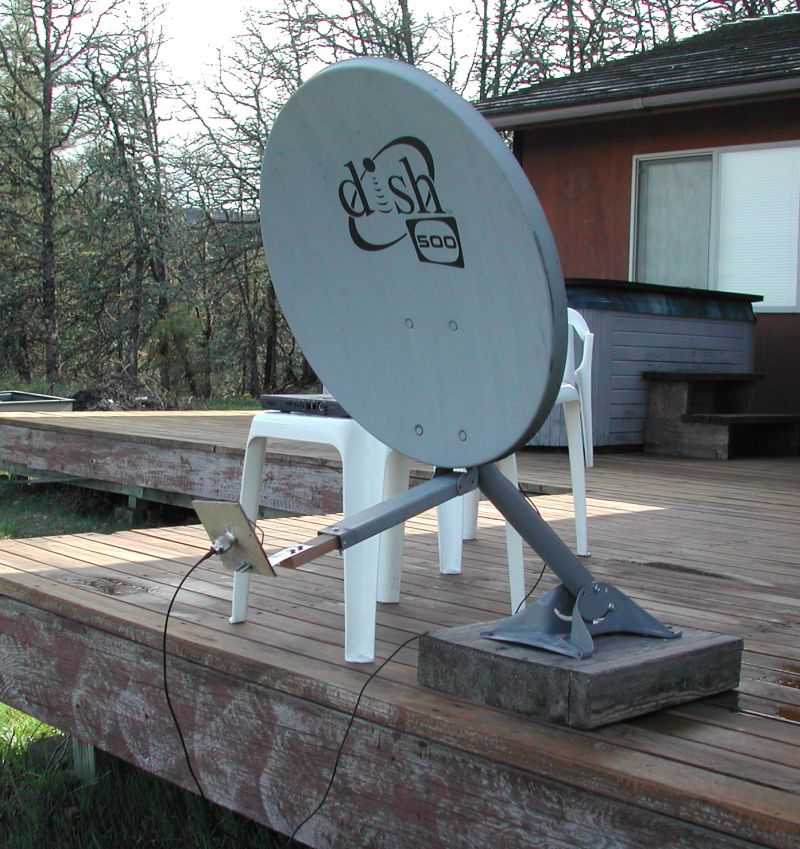- Joined
- Aug 17, 2008
- Messages
- 2,190 (0.36/day)
- Location
- Minnesota, USA
| System Name | TaichiTig |
|---|---|
| Processor | i7 6800K |
| Motherboard | ASRock X99 Taichi |
| Memory | 32GB DDR4 3200 |
| Video Card(s) | RTX 4070 |
| Storage | SSD + Misc. HDDs in DrivePool |
| Display(s) | BenQ PD3200U, Samsung C32HG70 |
| Case | Antec Twelve Hundred |
| Audio Device(s) | Behringer UMC404HD, LSR308, Shure SRH840, AKG K612, Etymotic HF5 |
| Power Supply | Corsair 750TX |
| Mouse | Logitech G502 |
| Keyboard | Deck Legend Ice Tactile |
| Software | Win10 |
A purely theoretical discussion. I think I better not/need not explain why I'm asking.

Would it be possible, in theory, for a person to connect to a wireless router two, even three miles away? With the consent of its owner, of course. Assume said router cannot be connected to any kind of high-performance antenna, so all the signal amplification is going to have to take place on the other end.
Just for the sake of enhancing this purely theoretical discussion, let's say that one had a couple of old satellite dishes (DirectTV and WildBlue) available—could anything be rigged with their help?
Edit to add: what kind of latency would this introduce into the Internet connection? Assuming the wireless access point had 50ms latency already between it and the Internet, could one [theoretically] game on such a connection?
Remember: purely theoretical!

Would it be possible, in theory, for a person to connect to a wireless router two, even three miles away? With the consent of its owner, of course. Assume said router cannot be connected to any kind of high-performance antenna, so all the signal amplification is going to have to take place on the other end.
Just for the sake of enhancing this purely theoretical discussion, let's say that one had a couple of old satellite dishes (DirectTV and WildBlue) available—could anything be rigged with their help?
Edit to add: what kind of latency would this introduce into the Internet connection? Assuming the wireless access point had 50ms latency already between it and the Internet, could one [theoretically] game on such a connection?
Remember: purely theoretical!

Last edited:







